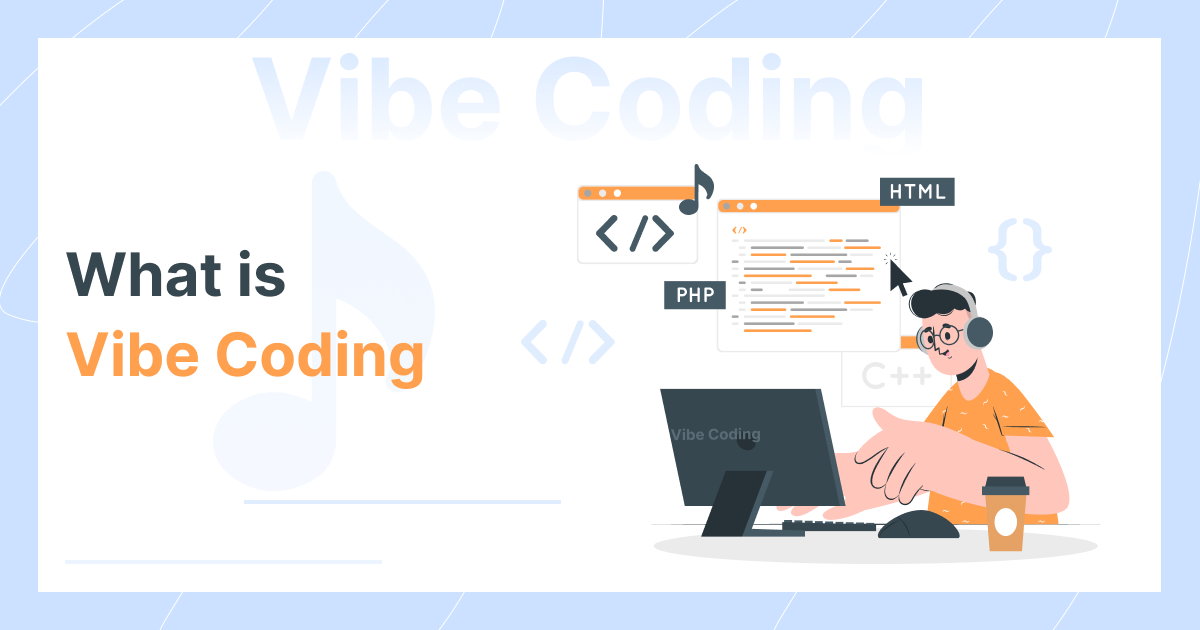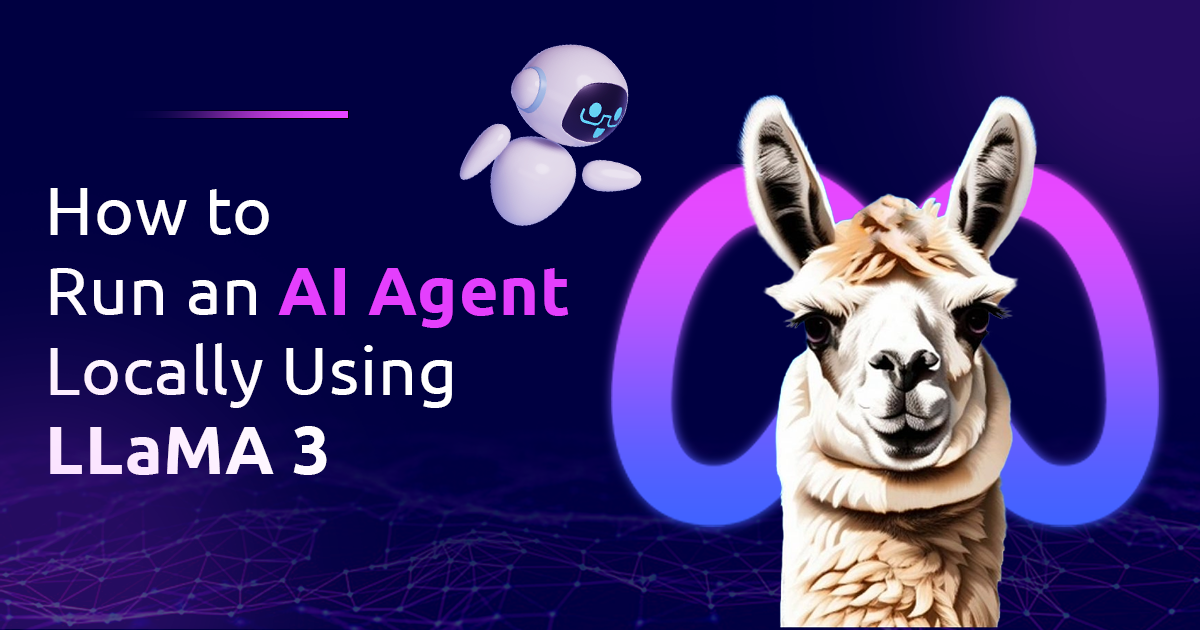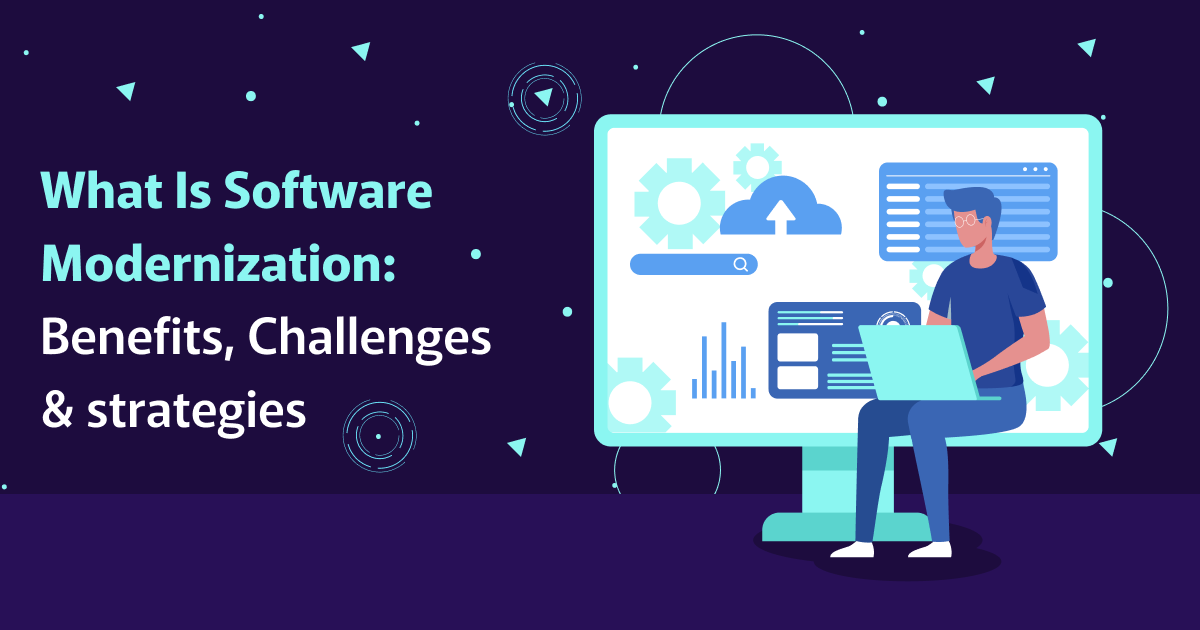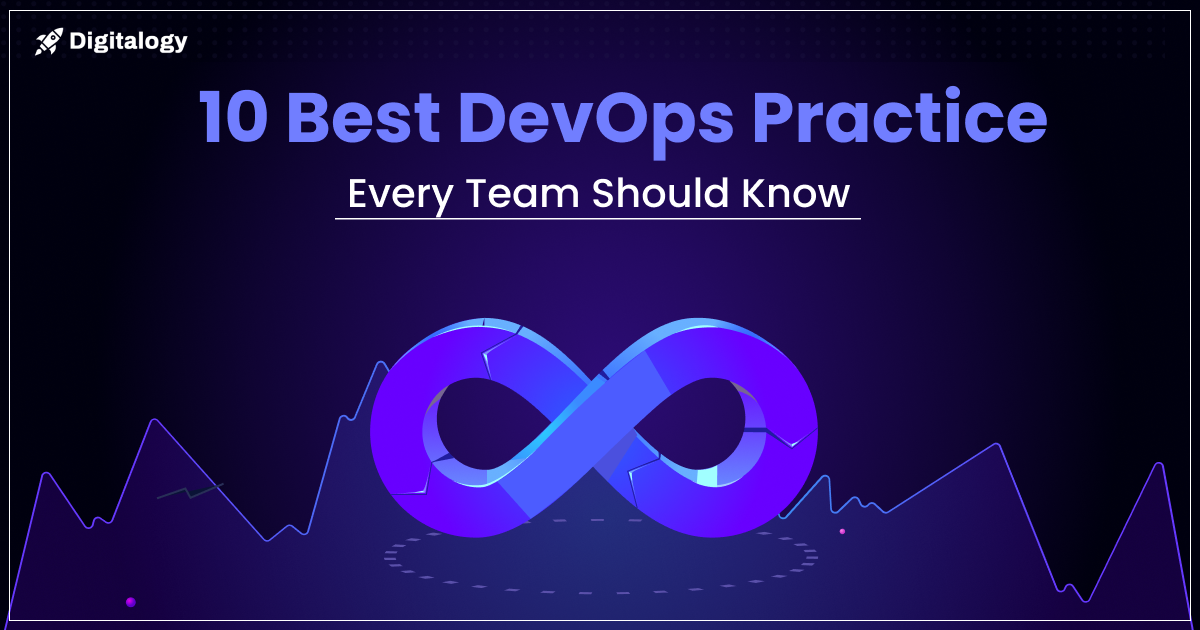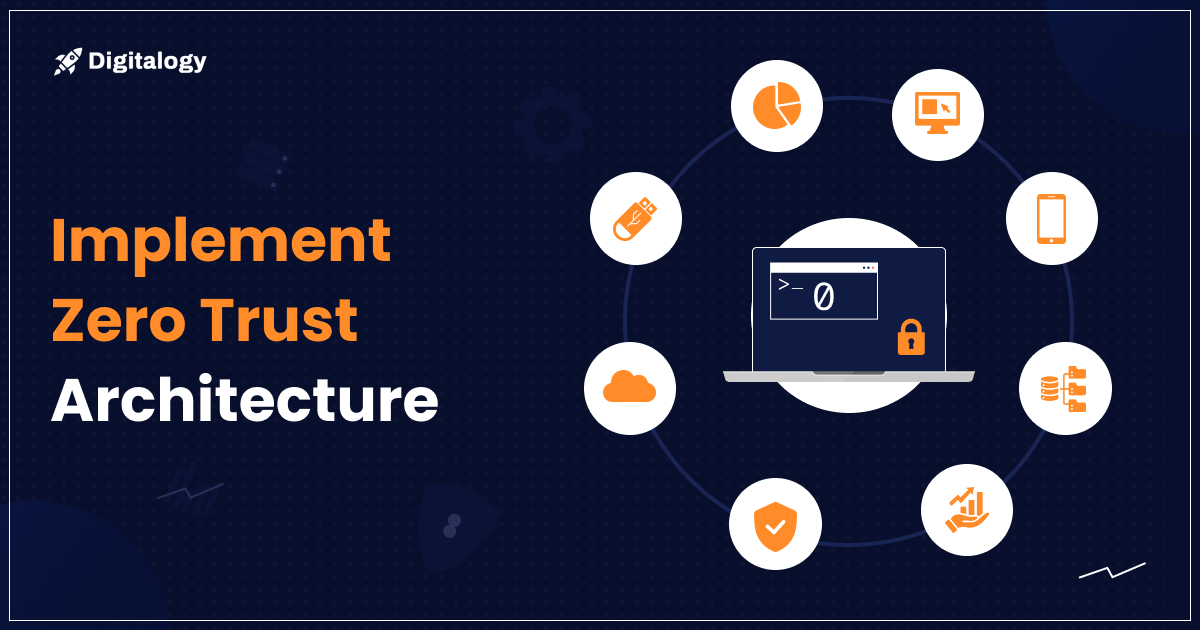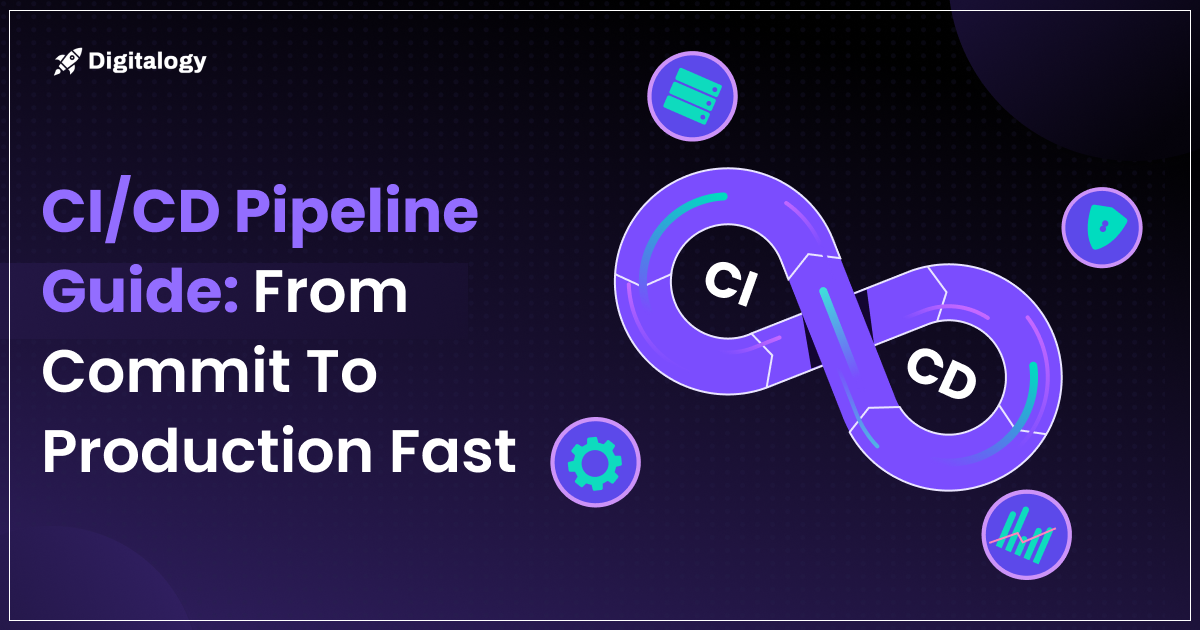As a software developer, maintaining productivity, creativity, and focus can be tough. Vibe Coding is here to change that, a game-changing method that blends flow state, workspace optimization, and creative expression to help you perform at your best.
No matter your experience level, this guide will show you how to integrate Vibe Coding into your routine and elevate your workflow.
Ready to transform the way you code? Let’s begin!
Understanding the Basics of Vibe Coding
Vibe Coding redefines programming by emphasizing the flow state, a deep, immersive focus where creativity and productivity thrive. In this section, explore how this innovative method enhances coding efficiency, its key advantages, and the core principles that drive its success.
What is Vibe Coding?
Vibe coding is an agile, intuitive approach to software development that leverages AI collaboration through natural language prompts. Instead of rigid planning, you interact dynamically with AI tools, expressing your goals in simple prompts, reviewing the output, testing, and refining iteratively. This fluid process emphasizes rapid experimentation, continuous feedback, and adaptive tweaking until the desired outcome is achieved. No strict blueprint, just seamless co-creation.
Vibe Coding in Practice:
To master Vibe Coding, focus on these key principles:
1. Optimize Your Environment – Reduce distractions by intentionally shaping your workspace for deep focus.
2. Flow-Friendly Work Structure – Organize tasks to maintain momentum and steady progress.
3. Dual-Task Balance – Alternate between routine work and high-impact creative challenges to stay engaged and productive.
How is vibe coding different from traditional coding?
Vibe coding leverages AI to generate code based on natural language descriptions, allowing users to create applications by simply articulating their desired outcome. In contrast, traditional coding involves manually writing code using programming languages like Java, Python, or C++, requiring technical expertise, syntax knowledge, and a structured development process.
While traditional coding demands careful planning, testing, and maintenance, vibe coding enables even those with basic tech skills to quickly build apps, making it ideal for prototyping and simple web applications. However, for complex, high-stakes software, traditional coding remains the more robust choice.
The Benefits of Vibe Coding
The practice of intentional, flow-oriented coding brings substantial advantages:
- Enhanced Efficiency: Minimise distractions to achieve more in less time, swiftly addressing critical issues.
- Boosted Innovation: Flow states foster inventive solutions to intricate problems.
- Stress Reduction: Structured workflows mitigate anxiety, providing greater task management control.
- Elevated Code Precision: Deep focus reduces the likelihood of subtle errors, resulting in clear, optimised code.
These benefits stem from harmonising your workspace, mindset, and task strategies with your natural productivity rhythms.
Core Principles of Vibe Coding
To truly embrace Vibe Coding, it’s important to align with these key ideas:
1. Flow State First
The heart of Vibe Coding is uninterrupted focus. Aim to dive deep into your work and stay in the zone for as long as possible.
2. Sync with Your Environment
Your surroundings matter. From the lighting and desk setup to the playlist in your headphones, curate a space that fuels your rhythm and flow.
3. Personal Evolution
There’s no one-size-fits-all. Vibe Coding thrives on experimentation. Keep refining your tools, techniques, and rituals until you find what truly elevates your coding experience.
Master these principles, and you’ll be able to design your day around deep focus, creative energy, and peak productivity.
Crafting the Perfect Vibe for Coding
Your environment shapes your coding mindset. A thoughtfully designed physical and digital setup doesn’t just boost productivity, it helps you slip into that all-important flow state. Think of it as the foundation for clearer thinking, better focus, and higher-quality work.
In this section, we’ll explore how to build your ideal coding zone: selecting the right tools and optimising your workspace to stay in the zone.
Finding Your Ideal Tools for Vibe Coding
Your tools should empower your process, not get in the way. As you build your setup, ask yourself: Are these tools helping me code smarter, faster, and with less friction?
Leverage AI coding assistants like Chatgpt, Copilot, or DeepSeek to take a more hands-on approach to programming. Prompt them with requests such as “create a login form in Python using Flask,” and they’ll generate the corresponding code snippet. You can then test the code, identify any issues, and loop back to the AI for fixes. This interactive workflow gives you greater control over your tech stack and the final output.
In these scenarios, the development workflow typically follows this pattern:
- Start by prompting the AI with your idea
- Review the generated code and test it.
- Refine or debug using the follow-up prompts.
- Repeat the cycle until your app or feature functions as intended.
This loop of quick experimentation and iteration replaces traditional upfront planning, turning development into a more creative, fluid process rather than a rigid technical task.
Vibe coding tools enhance this experience with features like chat-powered IDEs, one-click testing environments, built-in deployment options, and seamless API integrations, all geared toward making AI-driven coding and publishing faster and more intuitive.
Why Vibe Coding is a Game-Changer for Creators
Vibe coding enables creators to bring their ideas to life by building real, functional apps without diving deep into full-stack development or depending on a tech team.
It’s a perfect fit for solo creators, freelancers, and agile teams who thrive on speed and flexibility. Whether you’re launching a side hustle, crafting tools for your community, or testing out a startup idea, vibe coding gives you the freedom to:
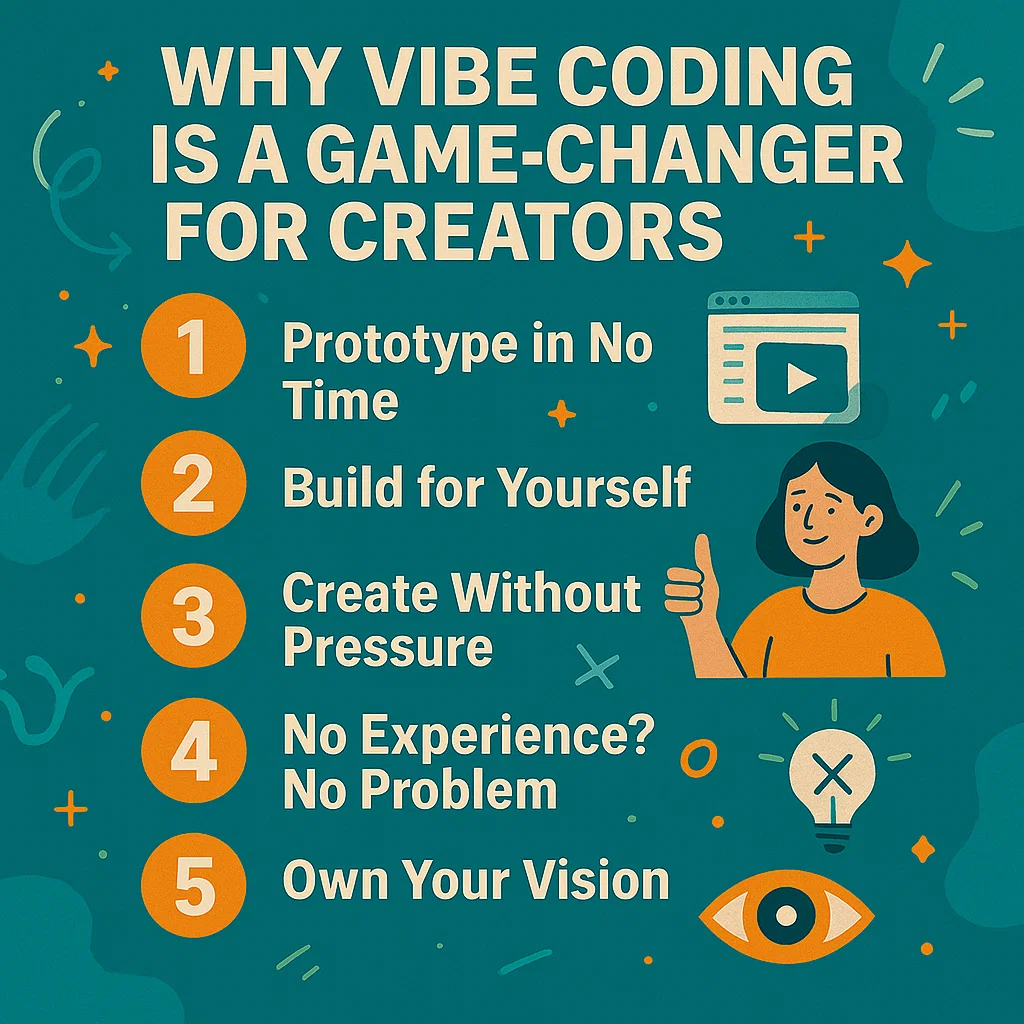
1. Prototype in No Time
Go from idea to execution in hours, not weeks. Forget wireframes, detailed specs, or boilerplate code. Just describe your vision and let AI bring your first version to life instantly.
2. Build for Yourself
Tired of waiting for someone else to solve your problem? Now you don’t have to. Whether it’s automating tasks, optimising your workflow, or creating tools for your community, you can build lightweight apps that serve your needs right when you need them.
3. Create Without Pressure
Vibe coding gives you a safe space to experiment. There’s no stress about breaking production systems; you’re free to explore, test, and innovate in a low-risk environment. It’s coding, but chill.
4. No Experience? No Problem.
AI-powered no-code platforms lower the entry barrier, so even without a traditional tech background, you can bring ideas to life with just a few prompts.
5. Own Your Vision
No need to hand your idea off to a developer or hire a team of developers. You can build the foundation yourself, keeping full control over the pace, direction, and execution of your project.
If you’re a creator constantly bumping into technical hurdles or stuck waiting on dev support, vibe coding might be your shortcut to building without limits.
Common Challenges and How to Overcome Them
Even top-tier Vibe Coders hit roadblocks, be it endless distractions, creative ruts, or looming deadlines. This section is packed with practical hacks to power through and keep your momentum going.
From using focus-boosting apps to silence the noise, to unlocking your next big idea through creative brainstorming, these tips are designed to help you stay in the zone and crush your goals with confidence.
Mastering Focus in a World Full of Distractions
When you’re deep into Vibe Coding, distractions are your biggest rival. Here’s how to keep your flow:
1. Digital Boundaries
Apps like Freedom or Cold Turkey help you stay away from tempting websites.
2. Set Clear Limits
Let your coworkers or family know when you’re in the zone; interruptions can wait.
Breaking Through Creative Blocks
Feeling stuck? It happens. The key is to shift your mindset, not panic. Try this:
1. Idea Dump
Write down every solution that comes to mind, even the wild ones. You never know what might click.
2. Inspiration Hunt
Check out open-source projects or similar codebases to spark new ideas.
Balancing Flow State with Deadlines
Staying in the zone while racing against the clock? Doable. Here’s how:
1. Tackle the Big Stuff First
Knock out your top-priority tasks before diving into the rest.
2. Time-Block Like a Pro
Carve out specific windows for focused work and stick to them.
3. Keep Everyone in the Loop
Consistent updates to your team = fewer surprises and smoother delivery.
Conclusion
Vibe Coding is a mindset shift that elevates your coding experience. By grounding yourself in the fundamentals, fine-tuning your environment, building a clear workflow, and embracing continuous improvement, you set the stage for a flow state where productivity and creativity thrive.
Keep in mind:
- Start small, simple tweaks to your workflow can make a big difference.
- Explore different tools and techniques to find your unique rhythm.
- Automation and breaks aren’t shortcuts; they’re smart strategies for long-term growth.
Adopt the Vibe Coding approach not just to write better code, but to transform your workday into something purposeful, energizing, and deeply rewarding.

